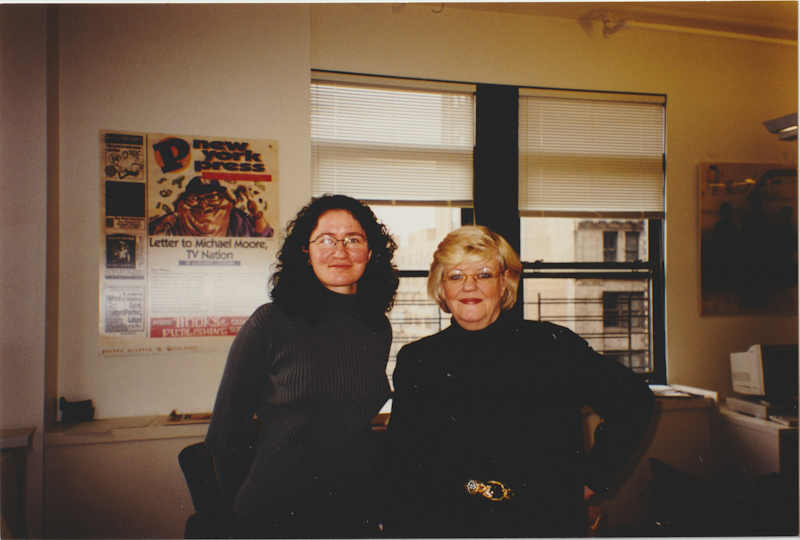As if I needed a reminder that print daily newspapers are mostly useless, last Monday morning (Feb. 13th) I scanned The Wall Street Journal and there was a picture in the middle of the front page, captioned: “Eagles take early lead in Super Bowl.” (Unlike The New York Times, the Journal didn’t shy away from referring to Kansas City’s team as “the Chiefs.”) The rest of the front page featured stories that I’d already seen Sunday night on the paper’s website. Some may ask, reasonably, why I still subscribe to the Journal and Times and I suppose it’s an expensive habit I haven’t yet kicked, just like keeping a landline so that Verizon can make errors in my bill every month (Verizon faces pistols-at-dawn this week). In the case of the Times, my wife likes the newsprint copy of the Crossword Puzzle, and the Sunday magazine, so that’s fair enough: as for WSJ, I ought to strip down to digital-only, although I’m not sure how much that’ll save. I’ve got a pretty good rate for the combo (grandfathered in years ago), but get financially reamed with the Times; friends have taken advantage of every-other-week new deals that are much cheaper so I feel like a sucker. Not the first time, although it brings back to mind walking down Broadway in Lower Manhattan in 1977 with my buddy Crazy Joe, and getting clipped on a Three-card Monte hustle.
On the topic of willful cons, when would you pinpoint the near-elimination of fact-checkers and researchers from daily newspapers? It’s not exact, but I’ll go with the beginning of 2009 after the economy crashed, advertising dried up, and layoffs began in earnest at the “prestige” or “legacy” publications. Watch a movie like All the President’s Men—one I still like, despite the fast-forward ending, for nostalgia’s sake and the game of counting how many cigarettes Dustin Hoffman’s Carl Bernstein smokes during the filt—and you get at least a Hollywood sense, and I don’t think it’s wrong, of how assiduous the editing of front-page stories was, with paragraphs lopped off the typewritten copy, top-editor meetings about the next day’s lineup, and the pandemonium of a newsroom. Today, the Post’s workspace is, I’d imagine, if not yet morgue-like, more like a poorly-attended Sunday Lutheran church service. Probably same at the Times, though no one would admit it; the company’s leaders won’t say the print edition is an afterthought, but all the action is on the digital side. (The Times’ website is superb, the best in the business, for its hundreds of features, and I don’t include Nicholas Kristof columns in that mix.)
Copy editing isn’t easy and its near-disappearance (on any website or Substacks) is, to a degree, a disgrace. It’s the salary for a “non-content” employee that stings news operations, and if stories are full of holes, bold assertions made on the strength of one anonymous source (which could be the reporter), that’s the way the shredded wheat crumbles.
At my own newspapers there were rough patches. The debut issue of New York Press in 1988, for example, was a nightmare. The very small staff was still getting accustomed to Mac desktop publishing, and the job of proof-reading fell to me. Our cover story had more than 35 typos, an embarrassment that was hardly ameliorated by the fact that the 25,000 print run was too large; in New York at that time there were dozens of free weeklies, and few people took notice of our entry into the marketplace (aside from those excited by our comic strips). What’s worse, in retrospect, was that pre-internet you couldn’t correct botched facts or typos once a story was published. (In 1981, for example, a City Paper front-page headline read, “Pink Flamingoes.” As John Waters might say, “Mort.”) That’s hardly an excuse for incompetence, but how do publications respond today, when an error can often be fixed in 30 seconds? They don’t.
Anyway, as NYP grew in size, circulation and a small measure of stature, I employed four researchers/fact-checkers, not a small expense for a staff of 60, but by the mid-1990s the paper was almost entirely error-free. The star of that department was Lisa Kearns (on the left, above, with our friend Lucianne Goldberg, the gregarious, larger-than-life lady who passed away last year), a kind, friendly woman who nevertheless brooked no whining from writers upon her list of questions before publication. Someone like Alex Cockburn, Dirty Sanchez, Bill Monahan, Chris Caldwell or Mistress Ruby, caught in a pickle on this or that fact, muddy sentence or eye-bleed cliché, might try to schmooze Lisa to buy more time. She’d take a compliment, make 15 seconds of small talk, and then say, “Anyway… your dates are mixed up, I can’t identify your source, and I need an answer right now.”
I’ve worked with many researchers, at my own papers and on free-lance assignments, and no one came close to Lisa’s excellence, a statement that I doubt would receive any blowback from the 100 or so writers she worked with at NYP.
Look at these clues to figure out what year it is: Bill Clinton is still president; the last “Peanuts” comic strip is published; five people are shot and killed at a Wendy’s in Queens; Elian Gonzales returns to Cuba; The Smashing Pumpkins break up; John Woo and Tom Cruise collaborate; Lawless Alan is born and Paul Bartel dies; AOL announces its merger with Time Warner; Mel Carnahan is posthumously elected to the U.S. Senate in Missouri; Flo Milli is born and Jason Robards dies; The Wall Street Journal’s Paul Gigot wins Pulitzer for Commentary; and Michael Caine wins Best Supporting Actor Oscar.
—Follow Russ Smith on Twitter: @MUGGER1955

